The Art of the Unofficial
A Celebration of the Forbidden: Rebel Artists and Their Work in the Soviet Union
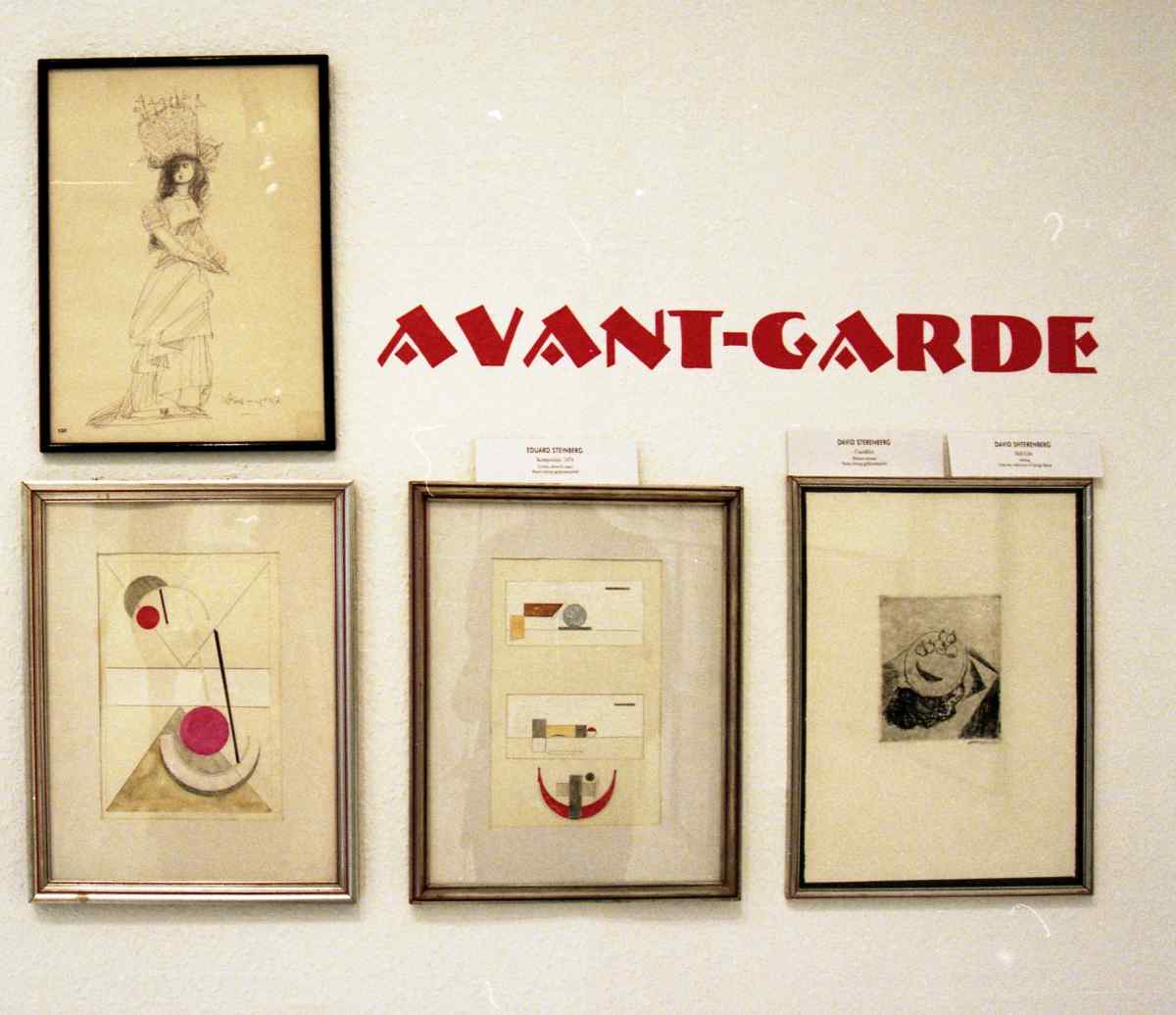
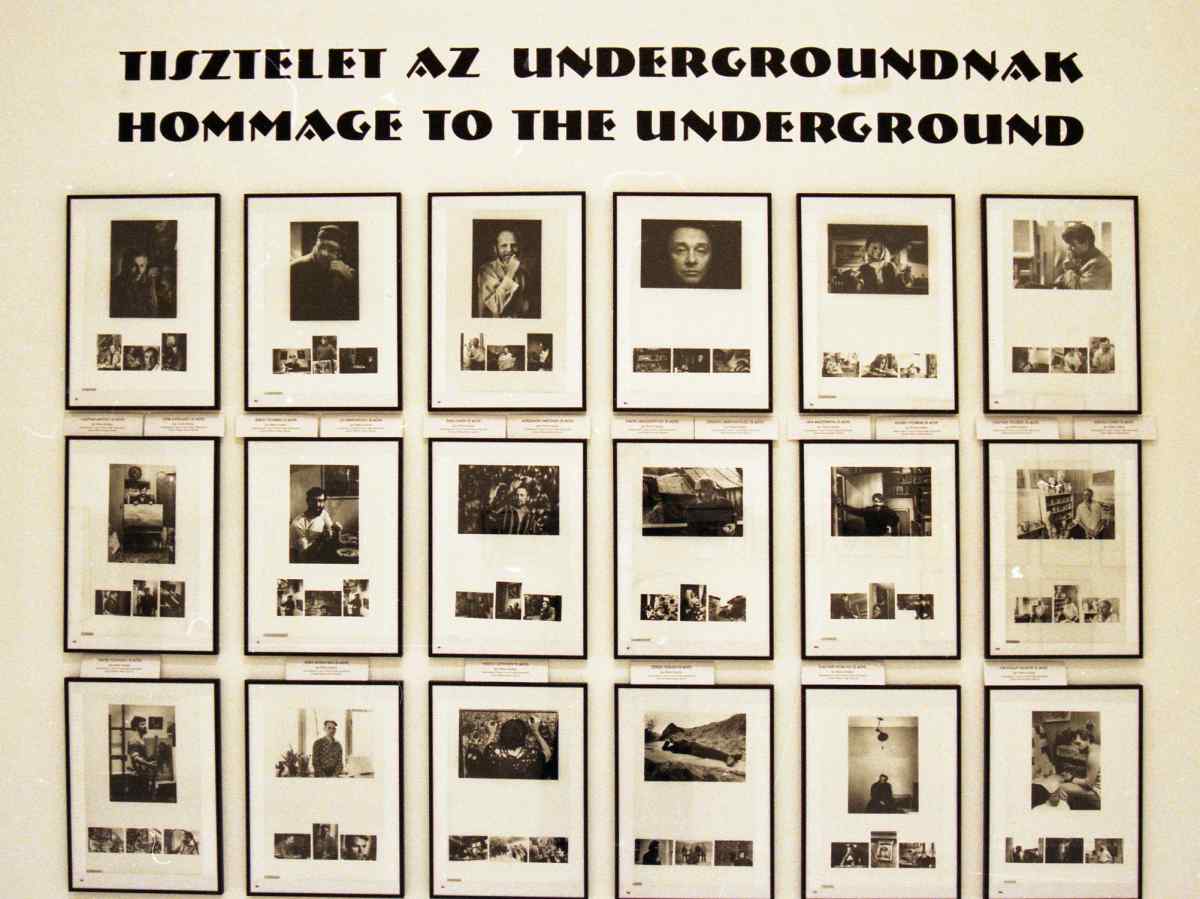
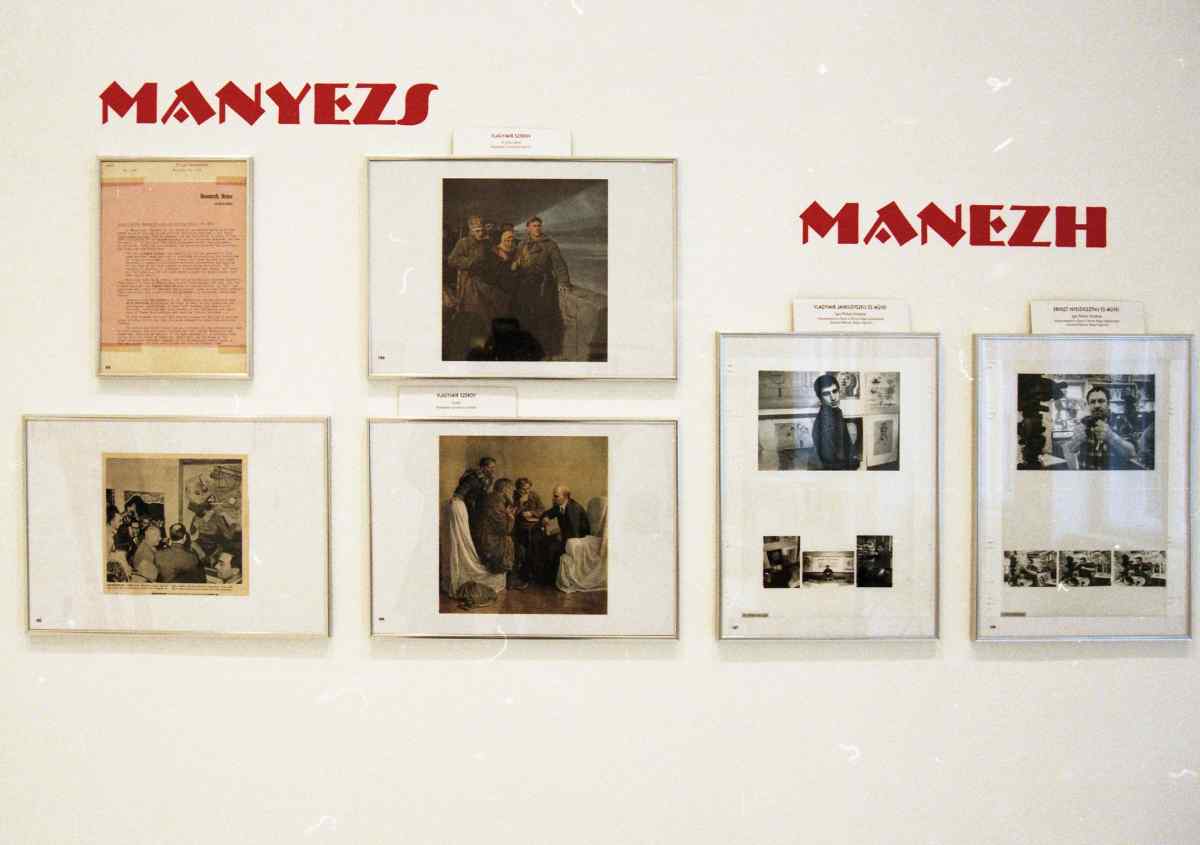
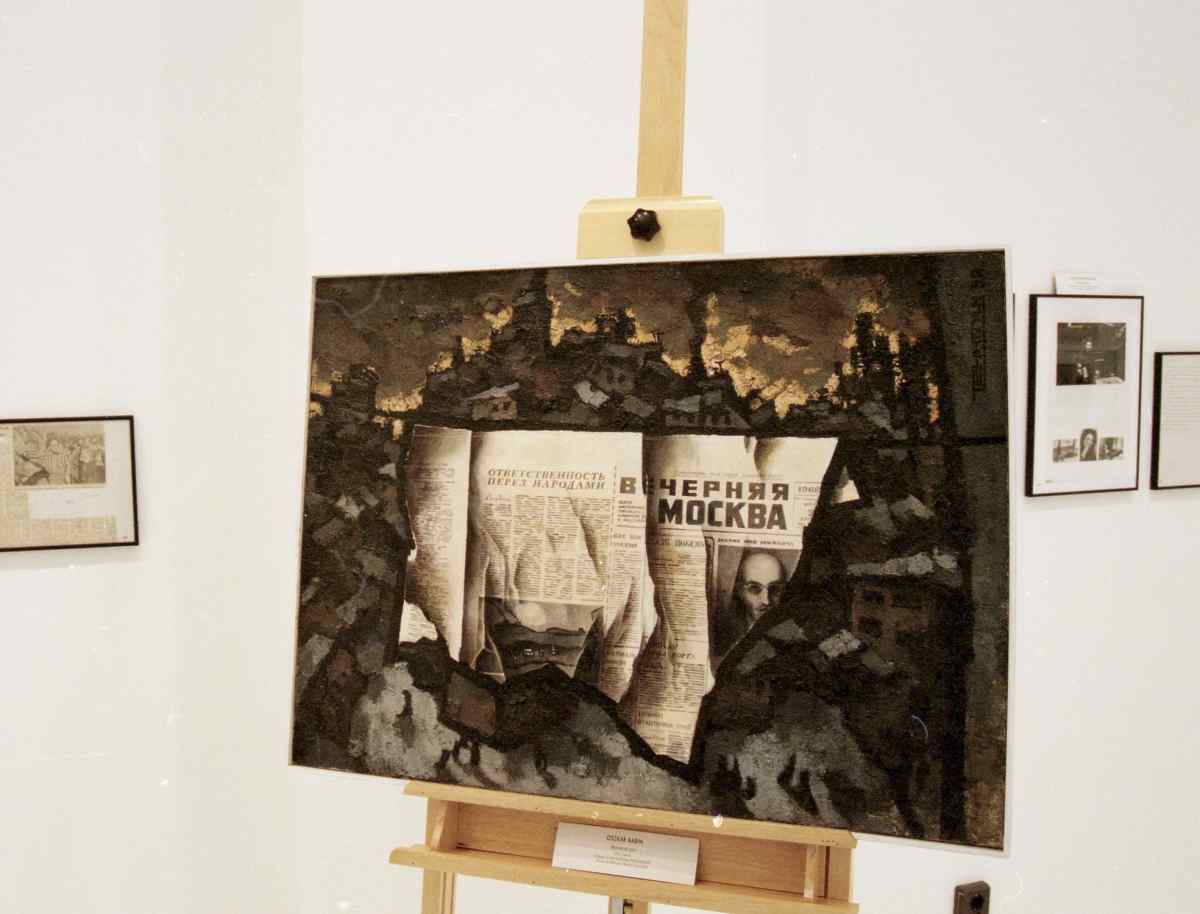
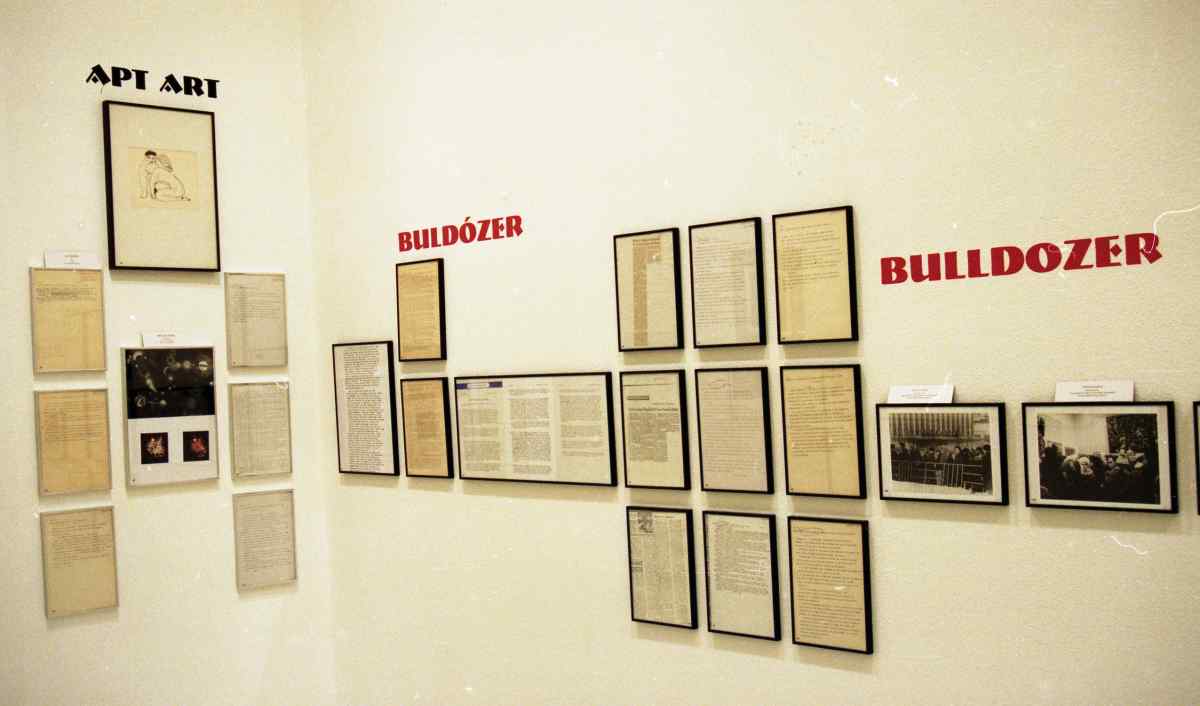
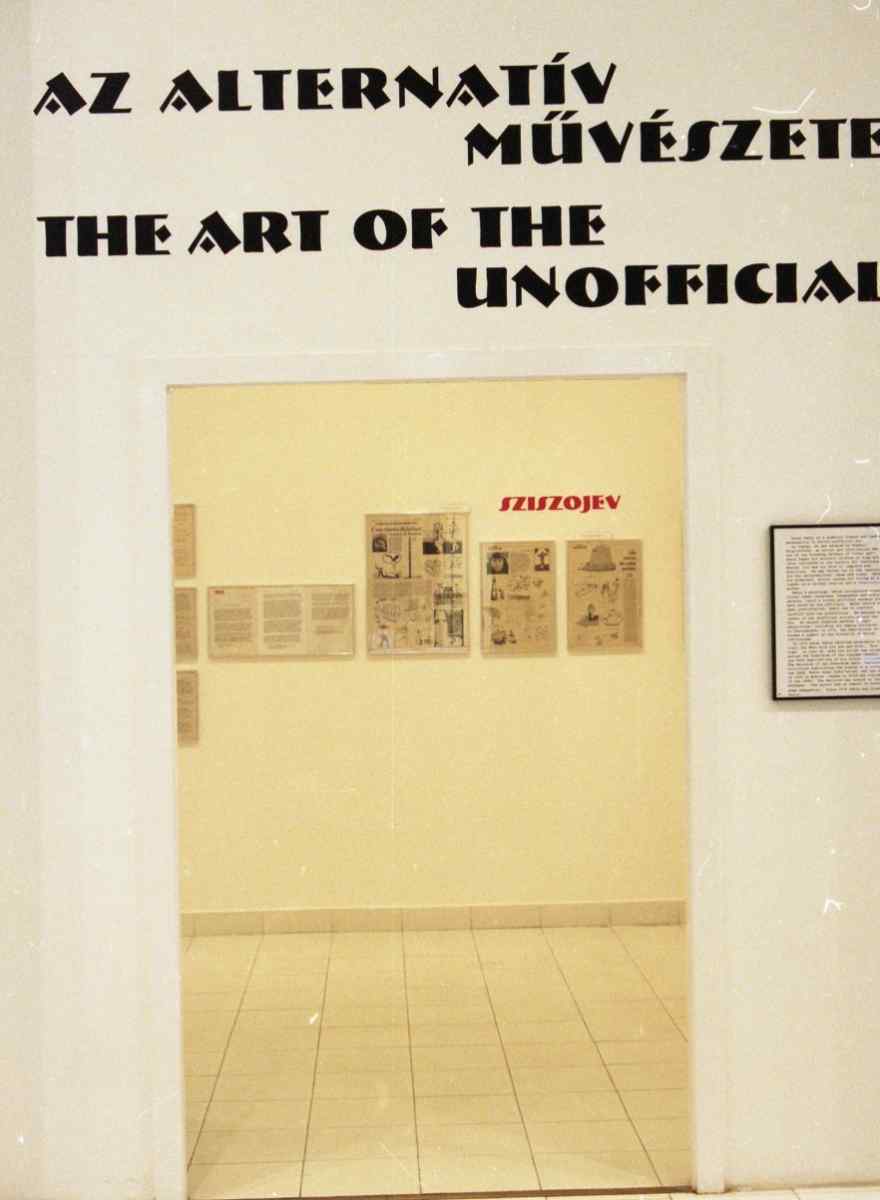
The Art of the Unofficial exhibition examines the political and historical background of nonconformist Soviet artists and their artwork. Through contemporary photos, documents, and Radio Free Europe / Radio Liberty transcripts, the show illustrates the troublesome lives of the artists, their “illegal” exhibits, and the sometimes tragic, sometimes amusing episodes of their continuous battle with the authorities.
The Art of the Unofficial is a parallel exhibit to the exhibition Nonconformist Art from the Soviet Union, which, for the first time in history, brings together the two biggest collections of Soviet underground art produced in the 50’s, 60’s, 70’s and 80’s in the Palace of Arts (Műcsarnok / Kunsthalle) of Budapest, Hungary. The show features over 300 paintings, drawings, collages and sculptures which refused to follow the Communist regime’s prescribed aesthetics of social-realism. One part of the works, smuggled out of the Soviet Union during the Cold War, is originally from the private collection of Mr. Norton Dodge, who donated these artworks to the Zimmerli Art Museum at the Rutgers State University of New Jersey. The other part of the artworks come from the National Tsaritsyno Museum of Moscow, the biggest Russian repository of Soviet nonconformist art.